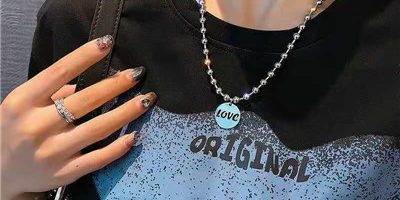The general process of jewelry processing design
Different from other types of products, some process procedures cannot be replaced by mechanization and must be operated manually. So what is a process of jewelry processing design?
1. Design. The designer designs the patterns of the accessories according to the market or popular elements, personal inspiration, etc.
2. The crafting master will wax the embryonic body board according to the design pattern.
3. Compression mold (head plate). (Use the seed head board of the master to put the film in the film and press out the production head board)
4. Trim the wax embryo body seed board, and produce wax embryos in batches after correction.
5. After producing batches of wax embryos, inspect them. There are two inlay techniques here, one is the inlay of wax embryos, that is, the stones to be inlaid are implanted in advance when wax embryos; the other is the inlay of silver embryos.
6. Plant wax trees. Heat the wax embryo with a soldering iron to “plant it on the wax tree.”
7. Weighing is used as a reference for the matched silver liquid weight. (Parameters are very important)
8. Put the gypsum gu and grouting. (The ratio of gypsum to water is very important)
9. Roasting Gu, that is, roasting the grouted Gu at an appropriate temperature. The temperature adjustment parameter is very important. If it is high, it will melt the wax embryo on the wax tree, and if it is low, it will not allow the gypsum slurry in the Gu to dry and form.
10. Casting. (There are direct casting and centrifugal casting, generally depending on the structure of the product) Pour the silver liquid that matches the weight from the mouth.
11. High temperature liquid will melt wax tree and wax embryo in Gu, forming silver tree and silver embryo body.
12. Trim the silver embryo. Form a single silver embryo body (hair embryo body)
13. Repair the embryo body.
14. Grinding the embryo (the picture below is the inner cage of the grinding ring)
15. After inlaying, welding, assembling, polishing, grinding, electroplating, etc. (according to the structure of the product or the requirements of the process…) After the process, the product still needs careful inspection to be considered qualified. All inspections have some very strict parameters as acceptance criteria








